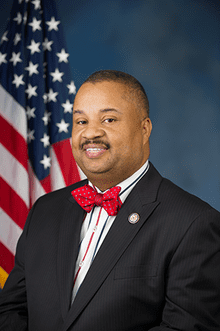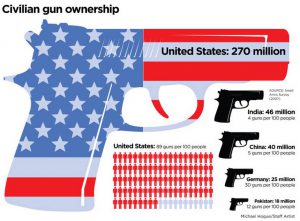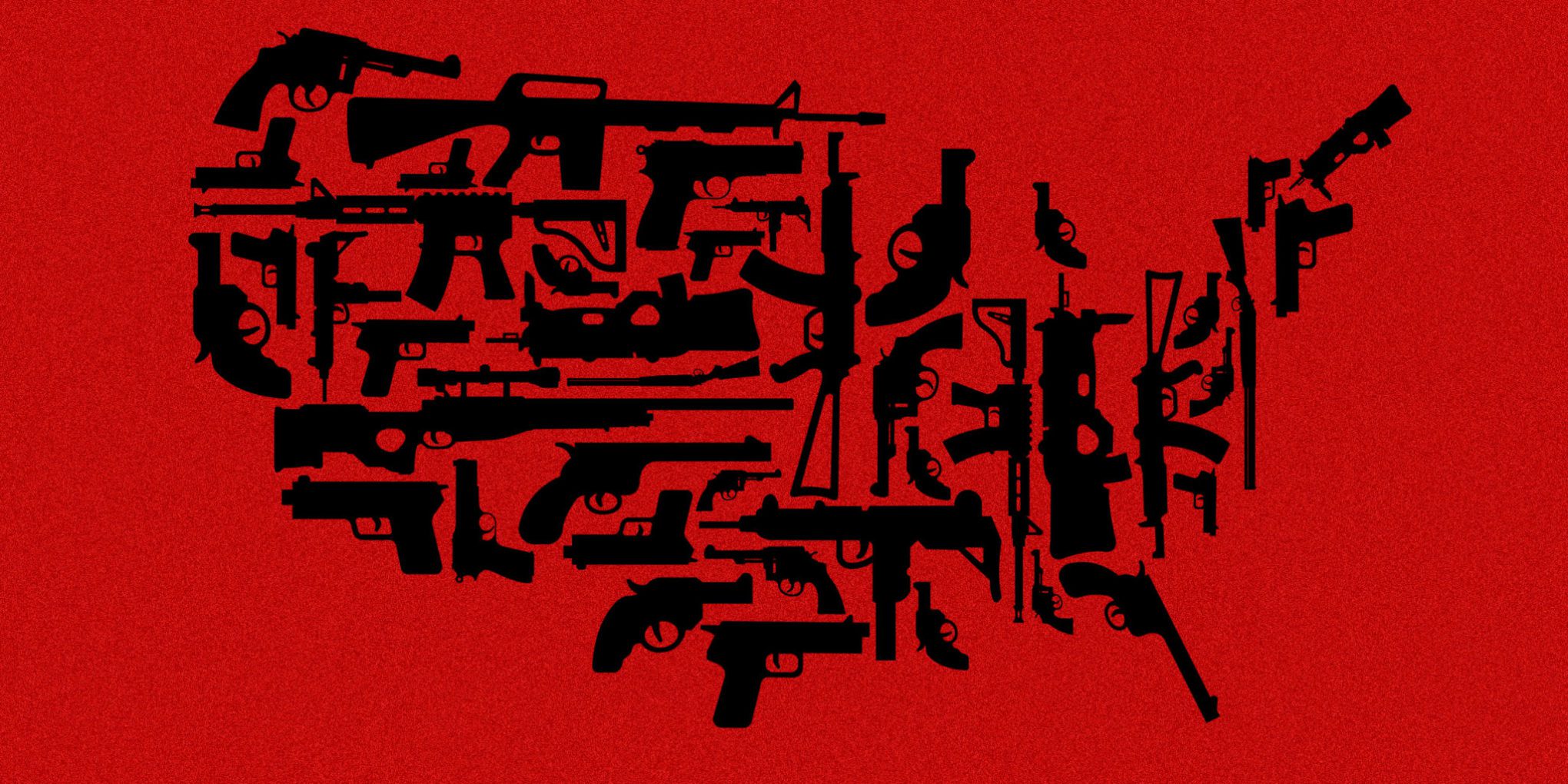Reading Time: 4 minutes
A strong finding of a study by Philip J. Cook was on gun use and crime was that gun use intensifies violence, making it more likely that the victim of an assault or robbery will die. The positive effect is on the murder-rate, not on the overall violent-crime rate. More guns, more homicides, points out Navodita, our Associate Editor, in the weekly column, exclusively in Different Truths.
Once again there was an incident of a shootout in the United States. This time a former student opened fire at a Florida high school. The shooting suspect, identified as Nikolas Cruz, has been taken into custody and the FBI is assisting local officials in the investigation. At least 17 were killed in this mass shooting where a number of Indian-American students also studied. President Trump tweeted, “My prayers and condolences to the families of the victims of the terrible Florida shooting. No child, teacher or anyone else should ever feel unsafe in an American school.”
However, Mr. President needs to understand that such shootouts have now become quite common and  isn’t it just about the time that the gun laws need a revision. Congressman Donald M Payne seemed to agree to this as he said, “Every day, in this country, seven children die from gun violence. Those statistics do not occur in any other high-income country on this planet.”
isn’t it just about the time that the gun laws need a revision. Congressman Donald M Payne seemed to agree to this as he said, “Every day, in this country, seven children die from gun violence. Those statistics do not occur in any other high-income country on this planet.”
Democratic leader Nancy Pelosi, too, seemed to be concerned about growing gun violence in the country and added, “Too many families have lost someone to the senseless epidemic of gun violence. Congress has a moral responsibility to take common-sense action to prevent the daily tragedy of gun violence in communities across America. Enough is enough.”
There have been two ‘fronts’ in the gun war. The first is the primary domain of the social scientists who investigate the interconnections between guns and crime using available data and standard statistical methods. For example, the question of whether authorising more people to carry guns in public will lead to a reduction or increase in crime is in principle a subject for scientific inquiry with a correct answer that may be discoverable from a systematic analysis of data. The second front is the analysis of the ‘true’ meaning of the Second Amendment to the US Constitution, to wit: “A well-regulated militia, being necessary to the security of a free state, the right of the people to keep and bear arms, shall not be infringed.”
There has been much action taken in the past on the matter of gun control. Much of the action, however, has not been federal but rather at the state and local levels. States have imposed a variety of requirements or bans on transfers, possession, and carrying, with a particular focus on handguns. For example, New York State’s Sullivan La w of 1911 mandated a license for anyone wishing to possess or carry a handgun; in 1921 North Carolina required that anyone seeking to acquire a handgun obtain a pistol permit after satisfying the sheriff of the buyer’s good moral character and need for a handgun for defence of the home. Most states have now adopted preemption laws (banning local governments from imposing regulations that go beyond the state law) and have erased or eased restrictions on carrying concealed firearms.
w of 1911 mandated a license for anyone wishing to possess or carry a handgun; in 1921 North Carolina required that anyone seeking to acquire a handgun obtain a pistol permit after satisfying the sheriff of the buyer’s good moral character and need for a handgun for defence of the home. Most states have now adopted preemption laws (banning local governments from imposing regulations that go beyond the state law) and have erased or eased restrictions on carrying concealed firearms.
On another front, about half the states have very recently adopted some version of the ‘stand your ground’ law that allows people to use deadly force to defend themselves if they feel threatened, even if they are in a public place and have a realistic option to retreat. Thus the ‘gun rights movement’ has made broad gains in erasing the modest level of control on gun carrying and use that had traditionally been applied by state and local governments. So far, however, federal regulations on gun design and transactions, and on who can legally be in possession, have remained in place. Here a case is put forward as to why gun laws need a revision.
Gun violence is an important detriment to the standard of living in the United States. Gunshot injuries and deaths have a noticeable effect on life expectancy and contribute to health disparities across race and gender. Guns and gunfire terrorise some inner-city neighbourhoods and degrade community life. The choice of weapons by offenders appears to have a profound effect on crime patterns and outcomes. Of the 18, 361 criminal homicides in 2009 in the US, 68 percent were by gunshot. Gun violence contributes to racial and ethnic disparities in mortality. Fourteen of the 15 direct assaults against presidents, presidents-elect, and presidential candidates in US history were perpetrated with firearms, including the five resulting in death.
racial and ethnic disparities in mortality. Fourteen of the 15 direct assaults against presidents, presidents-elect, and presidential candidates in US history were perpetrated with firearms, including the five resulting in death.
Moreover, administrative data on the prevalence of household gun ownership is almost lacking. Data of that sort could be generated only through licensing or gun registration, which at the federal level is required only for owners of machine guns and other weapons of mass destruction. A strong finding of a study by Philip J. Cook was on gun use and crime was that gun use intensifies violence, making it more likely that the victim of an assault or robbery will die. The positive effect is on the murder-rate, not on the overall violent-crime rate. More guns, more homicides.
While this debate goes on whether gun laws be revised, it seems at least for the moment there are more takers for gun rights than those against it in the United States.
©Navodita Pande
Photos from the Internet
#GunViolence #GunViolenceInUS #GunLaws #GunRestrictions #Firearms #FirearmsDeaths #USGovernment #UnitedStates #GunRights #Data #GlobalGanter #MrPresident #CongressmanDonaldMPayne #DifferentTruths















